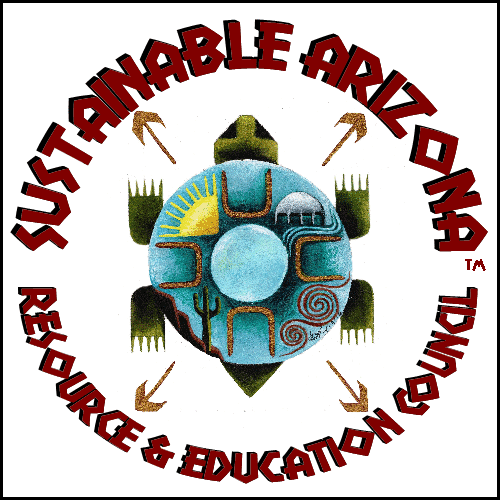 Penguins! These adorable flightless birds are cherished by adults and kids alike for their funny ways and their tuxedo-like outfits. The penguin lifestyle is fascinating and their behavior is extraordinary.
Penguins! These adorable flightless birds are cherished by adults and kids alike for their funny ways and their tuxedo-like outfits. The penguin lifestyle is fascinating and their behavior is extraordinary.
A group of these amazing creatures is called a penguin colony, unless the group is floating in the ocean – then it’s known as a “raft.” Penguins mainly feed on krill and fish. They can stay underwater for up to 20 minutes, and dive as deep as 500 meters.
A colony of penguins may look (and sound) like it’s utter chaos, yet parents and chicks can find each other amongst thousands despite the noise. It’s not done visually. Penguins find each other because of an incredible ability to recognize the individual calls of their mates and their babies.
Seventeen distinct penguin species exist in the world. Not all of these penguin species live in the Antarctic, but that’s the area most people associate with these unique birds. Due to several recent events, some experts are asking a troubling question: Could the Antarctic region lose most of their penguins?
There’s a good reason this question is weighing on the minds of many researchers and environmentalists. It’s because of the disturbing decline of colonies within three specific penguin species – Emperor penguins, King penguins, and Adélie penguins. It’s serious enough that the losses have made international headlines.
Naturally, these three separate examples of penguin colony decline raise questions about the effects of climate change on the species. Are we definitely losing penguins to climate change? Could there be other reasons the penguin habitat is disappearing? Is intervention by humans on the fate of penguin colonies, climate change aside, a feasible solution?

 There’s nothing particularly magic about the number 400. But for environmental scientists and advocates grappling with the invisible, intangible threat of rising carbon dioxide levels in the atmosphere, this symbolic target has served as a clear red line into a danger zone of climate change.
There’s nothing particularly magic about the number 400. But for environmental scientists and advocates grappling with the invisible, intangible threat of rising carbon dioxide levels in the atmosphere, this symbolic target has served as a clear red line into a danger zone of climate change.


